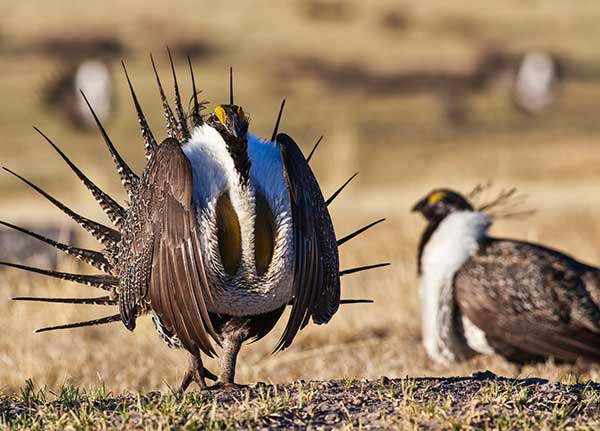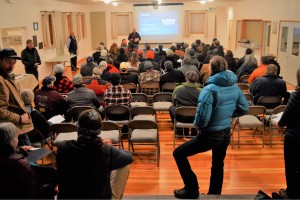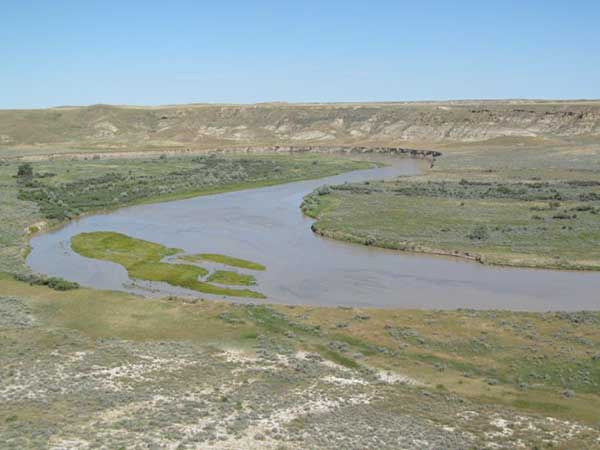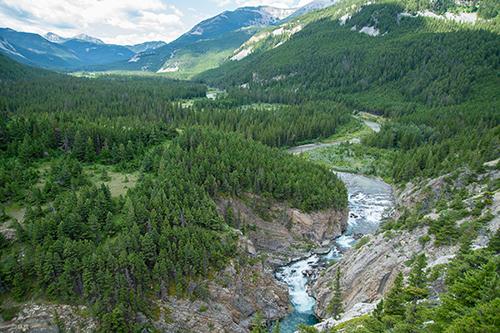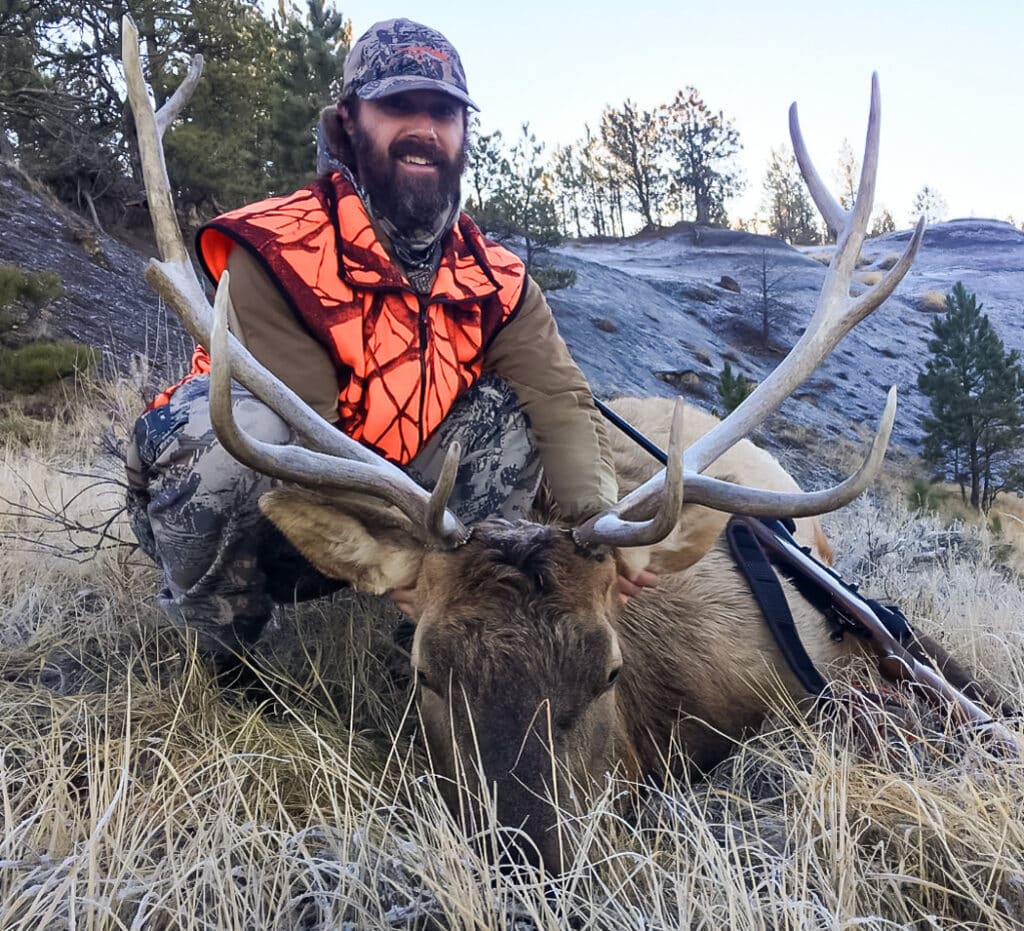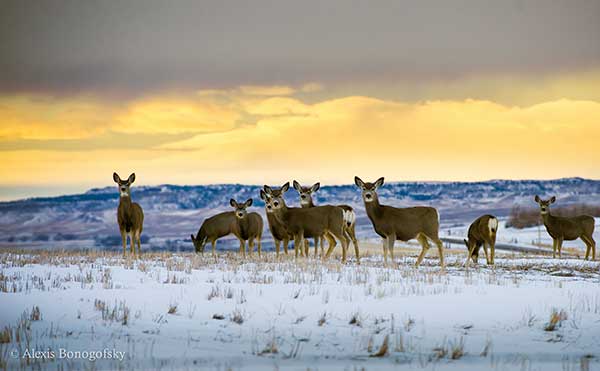
Last week, the Bureau of Land Management issued its final planning rule for land management in the west. Planning 2.0 will update how the BLM manages the 245 million acres of public lands across the nation. The new planning rule has two major changes that will effect hunters and anglers – identifying and planning around wildlife corridors and public involvement.
Planning 2.0 establishes three additional periods where the public can be involved-increasing transparency and public involvement in land use decisions. While the land use planning for our public land has always been a public process, Planning 2.0 will allow sportsmen (and every citizen) to have a bigger role in deciding how they want to see their favorite spots to hunt and fish managed. Sportsmen having a seat at the table on these land use plans will ensure that a healthy landscape and the opportunity to chase critters will be passed on to the next generation.
The new planning rule also promotes landscape-scale management which is great news for wildlife. The old planning process had no language regarding wildlife migration corridors in BLM planning documentation, but under Planning 2.0, field offices must consider identifying and locating migration corridors early in the process of planning for land use. Migration corridors are a vital habitat component for big game like mule deer, elk, and pronghorn in the West. By identifying where animals move, feed, and rest between seasonal ranges early on in the planning process, we will reduce conflicts between wildlife and development.
The thorough pre-planning that is taking place in Planning 2.0 will help to better manage landscapes for all the ways they are used — whether its hunting, hiking, timber production, or energy development — and support the local community’s ability to maintain a high quality of life and healthy economy. With the new planning rule in place, it’s time for sportsmen and women roll up our sleeves and get to work on how we want our public lands managed.
For more information on the planning rule, visit New BLM Planning Rule a Boon to Public Involvement
John Bradley is the Eastern Field Rep. for Montana Wildlife Federation. Reach him at jbradley@mtwf.org

